Welcome to the wonderful world of horse care! Taking on barn chores might seem daunting at first, but with proper guidance, it can become an enjoyable and rewarding routine. Caring for horses is more than just feeding and cleaning—it’s about developing a relationship with these magnificent animals while ensuring their health and happiness. This guide will walk you through the essential barn chores every beginner should know, helping you establish good habits and practices from the start. Whether you’ve just acquired your first horse or are helping at a local stable, mastering these fundamentals will set you on the path to becoming a confident and competent equestrian.
Understanding Daily vs. Weekly Chores

Horse care involves both daily necessities and less frequent maintenance tasks. Daily chores include feeding, watering, and stall cleaning—activities that directly impact your horse’s immediate health and comfort. Weekly chores typically encompass deeper cleaning, equipment maintenance, pasture management, and other less urgent but equally important tasks. Understanding this distinction helps you create an effective schedule that ensures nothing is overlooked. Many experienced horse owners keep a written checklist for both daily and weekly tasks, especially when multiple people share responsibilities. Developing a consistent routine not only makes barn management more efficient but also provides horses with the structured environment they thrive in.
Feeding Fundamentals
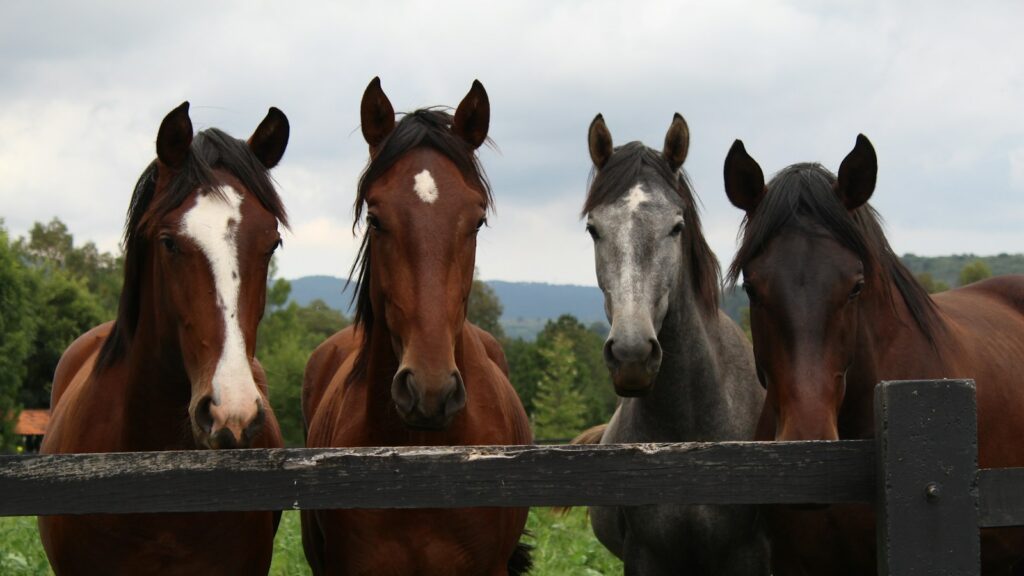
Proper feeding is perhaps the most critical aspect of horse care and requires consistency in both timing and portions. Horses have sensitive digestive systems and thrive on regular feeding schedules, typically 2-3 times daily, with consistent intervals between meals. A basic feeding regimen includes quality hay (fed at approximately 1.5-2% of body weight daily), possibly supplemented with grain or commercial feed as appropriate for your horse’s age, weight, and activity level. Always ensure fresh, clean water is available at all times—horses can drink 5-10 gallons daily under normal conditions and more in hot weather or during intense exercise. Before making any changes to your horse’s diet, implement them gradually over 7-10 days to avoid digestive upset or colic, which can be life-threatening.
Mucking Out Stalls

Maintaining clean stalls is fundamental to horse health, preventing respiratory issues, hoof problems, and parasitic infections. Daily mucking involves removing manure and soiled bedding, typically done with tools like a manure fork and wheelbarrow. A thorough daily cleaning requires removing all visible waste while preserving as much clean bedding as possible for economy. Clean bedding should be redistributed evenly throughout the stall, with special attention to areas where your horse typically urinates. Most stables perform a complete bedding change weekly, removing all bedding material and starting fresh. Proper manure management extends beyond the stall—many farms maintain a designated manure pile away from water sources and grazing areas to prevent contamination and pest problems.
Water Management
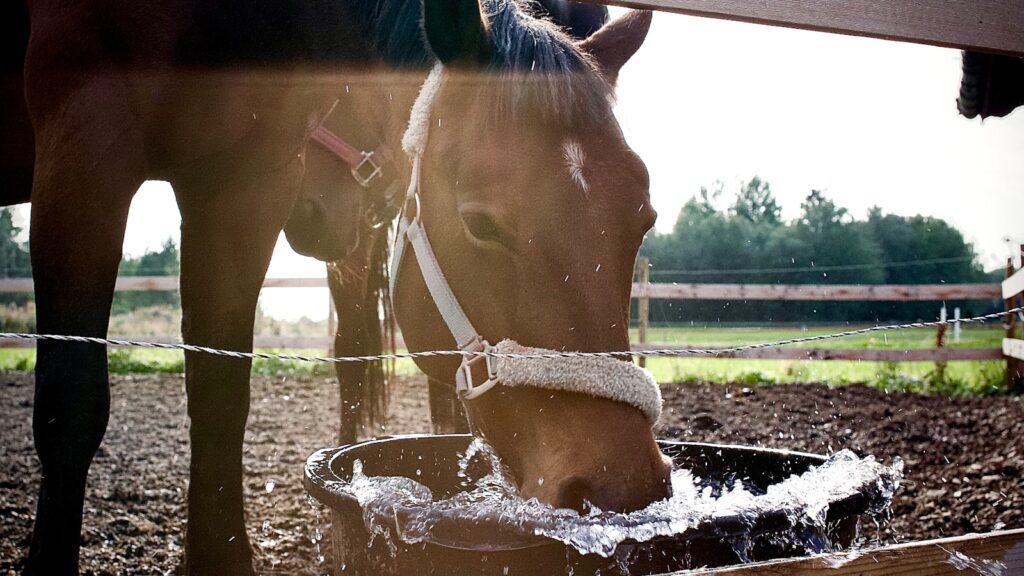
Providing clean, fresh water is non-negotiable in horse care, as dehydration can quickly lead to serious health complications. Water buckets or automatic waterers should be checked at least twice daily, cleaned regularly to prevent algae growth, and refilled with fresh water. During winter months, prevent freezing by using heated buckets, insulated containers, or by breaking ice multiple times daily. Some owners add a tablespoon of salt to feed to encourage drinking, especially important during cold weather when horses may drink less. Water troughs in pastures require weekly cleaning—fully emptying, scrubbing with a brush (avoiding harsh chemicals), and refilling with fresh water to prevent dangerous bacterial growth.
Grooming Essentials
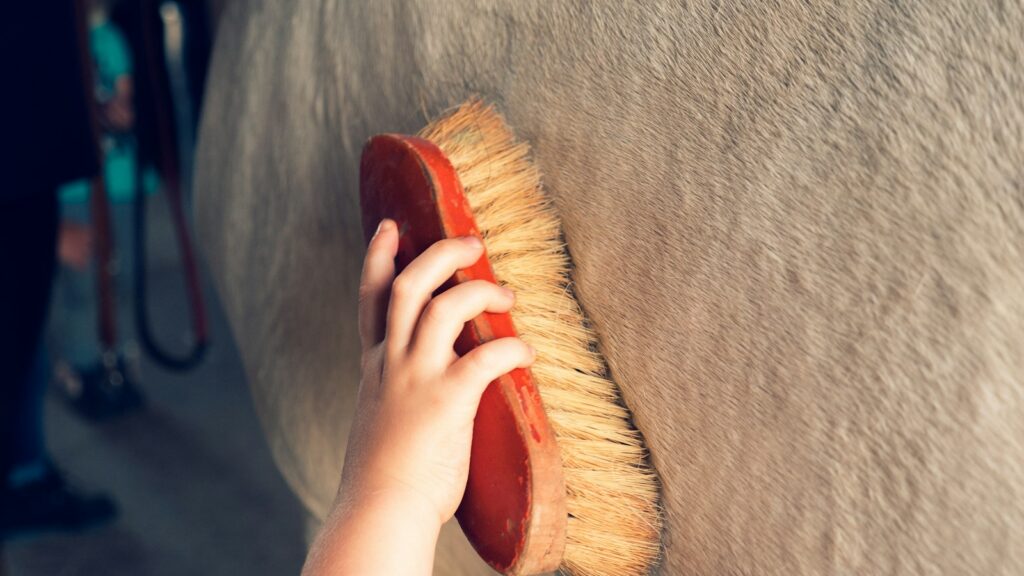
Regular grooming goes beyond aesthetics—it’s vital for skin health, parasite prevention, and building a bond with your horse. Basic grooming begins with a curry comb used in circular motions to loosen dirt and dead hair, followed by a dandy brush to remove the loosened debris. A body brush with softer bristles then smooths the coat and removes finer particles, while a mane and tail comb detangles these areas (always working from the bottom up to avoid breaking hairs). Finish with a soft cloth to bring out the natural shine. Daily grooming provides an excellent opportunity to check your horse for injuries, swellings, skin conditions, or other health concerns that might otherwise go unnoticed. Grooming sessions also offer valuable bonding time, helping establish trust and familiarity between you and your equine companion.
Hoof Care Routine
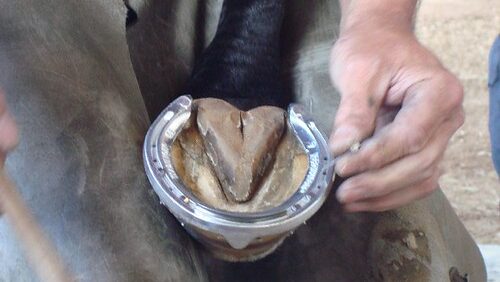
The old adage “no hoof, no horse” underscores the critical importance of proper hoof maintenance. Daily hoof picking should become an automatic part of your routine, removing packed dirt, manure, and stones to prevent thrush and other infections. Use a hoof pick to clean from heel to toe, carefully clearing the crevices around the frog and checking for signs of thrush, cracks, or abnormal temperature. Beyond daily picking, hooves should be trimmed every 6-8 weeks by a professional farrier, whether your horse wears shoes or remains barefoot. Watch for warning signs requiring immediate attention, including lameness, heat in the hoof, strong odor, or visible cracks. Establishing a positive relationship with your farrier and maintaining regular appointments is one of the most important aspects of preventative health care for your equine companion.
Handling Hay and Bedding
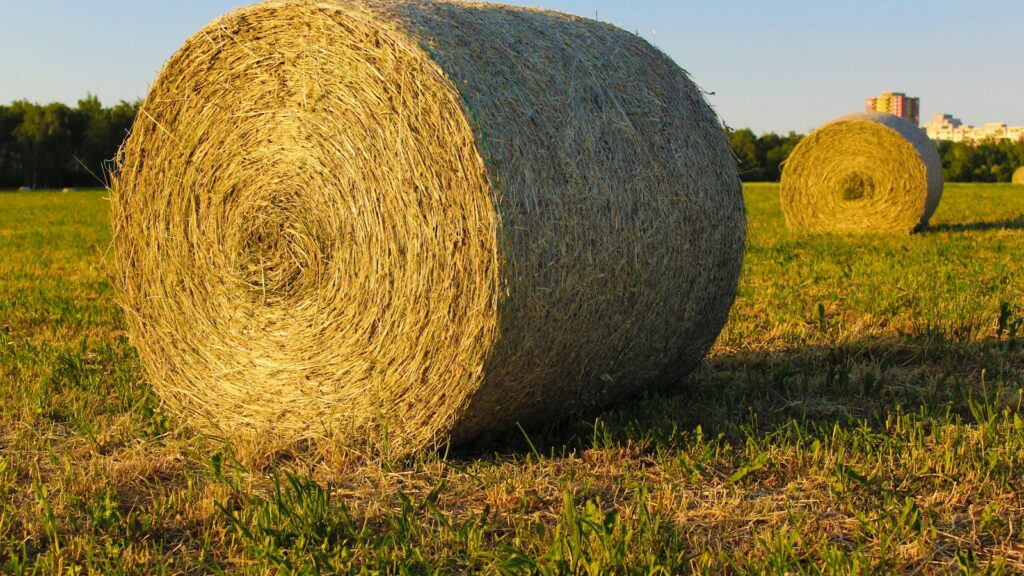
Efficient hay and bedding management ensures your supplies remain fresh and minimizes waste. Store hay in a dry, well-ventilated area off the ground on pallets to prevent moisture damage, mold growth, and nutritional degradation. When handling hay bales, always check for mold, dust, or foreign objects before feeding, as moldy hay can cause serious respiratory issues. Bedding materials—whether straw, shavings, or pellets—should also be stored in dry conditions and used strategically to maximize absorption in areas where horses typically urinate. Many experienced owners create a deeper bedding “bank” around the edges of the stall that can be pulled into wet areas as needed, reducing daily bedding replacement costs. Develop a system for rotating your hay inventory, using older bales first to ensure freshness and minimize waste throughout the year.
Paddock and Pasture Maintenance

Properly maintained turnout areas are essential for both horse health and sustainable land management. Daily paddock cleaning involves removing manure to reduce parasite loads and prevent “roughs” (areas where horses won’t graze due to manure contamination). Rotational grazing, when possible, allows pastures to recover and helps maintain healthy grass growth throughout the season. Regular inspection of fencing for loose boards, protruding nails, or damaged wire should be conducted at least weekly to prevent escapes or injuries. Seasonal maintenance includes dragging fields to break up manure piles, mowing to control weeds and encourage even grazing, and potentially reseeding bare or damaged areas in spring or fall depending on your climate.
Managing Seasonal Challenges
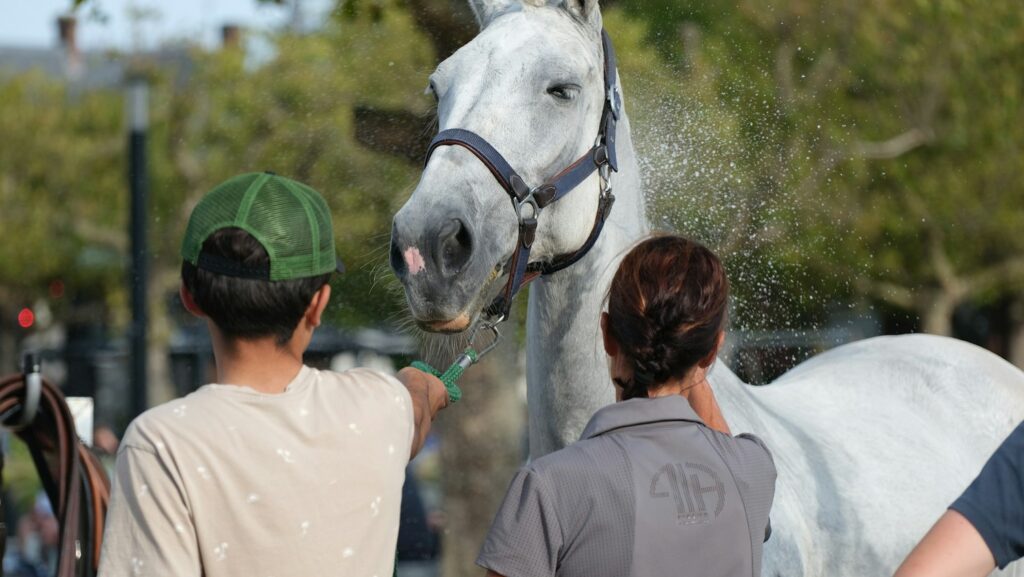
Horse care requirements change significantly with the seasons, requiring adaptation of your chore routine. Summer brings fly management, increased water needs, and potential heat stress concerns that may necessitate adjustment of turnout schedules to avoid the hottest parts of the day. Winter challenges include frozen water sources, increased hay requirements as pasture becomes unavailable, and more frequent blanket changes if your horses are blanketed. Spring and fall bring their own challenges with mud management, changing nutritional needs, and coat transitions that may require modified grooming routines. Seasonal vaccination schedules, parasite control programs, and exercise regimens should also be coordinated with your veterinarian based on your specific geographic location and climate patterns.
Equipment Cleaning and Maintenance
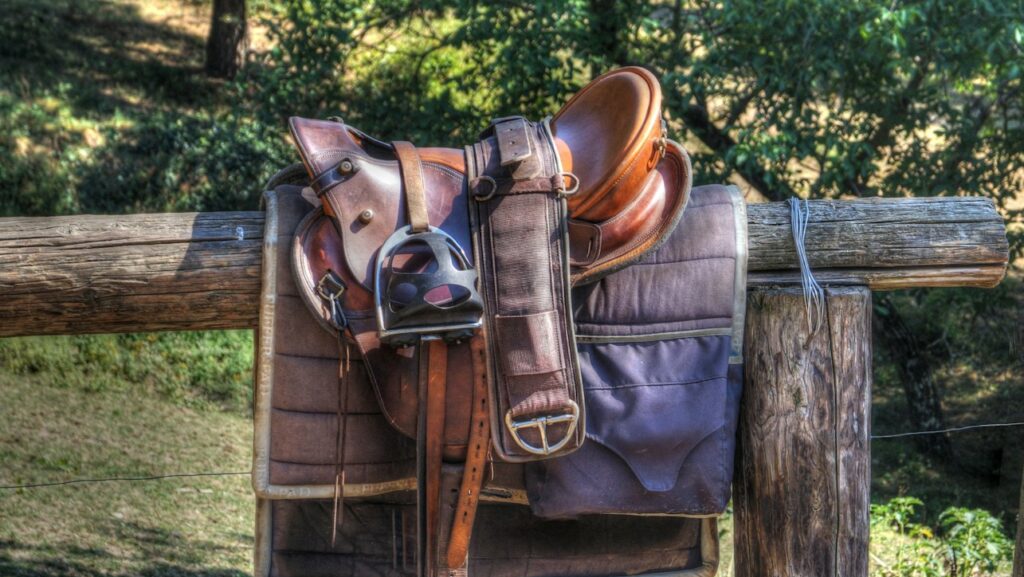
Proper care of tack and equipment ensures safety, longevity, and your horse’s comfort. Leather tack requires regular cleaning with saddle soap to remove dirt and sweat, followed by conditioning to prevent cracking and maintain suppleness. Bits, stirrups, and other metal components should be cleaned to remove saliva buildup and checked for wear or damage. Blankets and leg wraps need regular washing according to manufacturer instructions to remove dirt, sweat, and skin debris that can cause irritation. Grooming tools should be cleaned weekly by removing hair buildup and occasionally washing with mild disinfectant, especially if used on multiple horses. Establishing a monthly “tack cleaning day” helps ensure nothing is overlooked and extends the life of your valuable equipment.
Creating Efficient Chore Systems
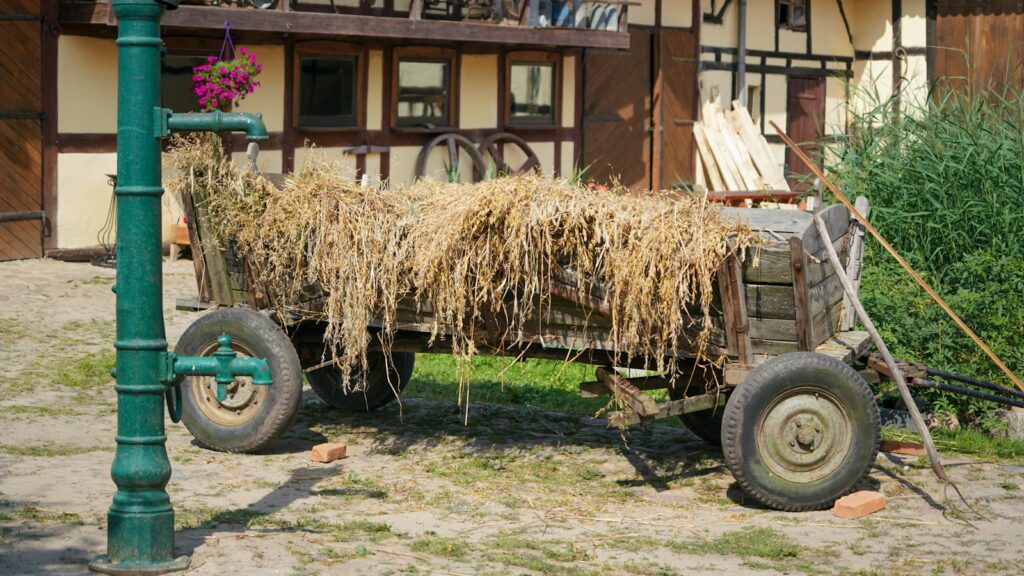
Developing streamlined routines transforms barn chores from overwhelming tasks to manageable processes. Strategic placement of frequently used items saves countless steps—keep manure forks near stalls, grooming kits in accessible locations, and feed preparation tools where they’re most needed. Many experienced horse owners prepare feed in advance using pre-measured bins or bags for each feeding, reducing daily preparation time. Investing in appropriate tools—sturdy wheelbarrows, ergonomic pitchforks, efficient water transportation systems—can significantly reduce physical strain and time requirements. Creating written chore lists or barn management apps helps multiple caretakers maintain consistency and ensures nothing is forgotten, especially valuable when you need someone else to care for your horses during vacations or emergencies.
Health Monitoring During Chores
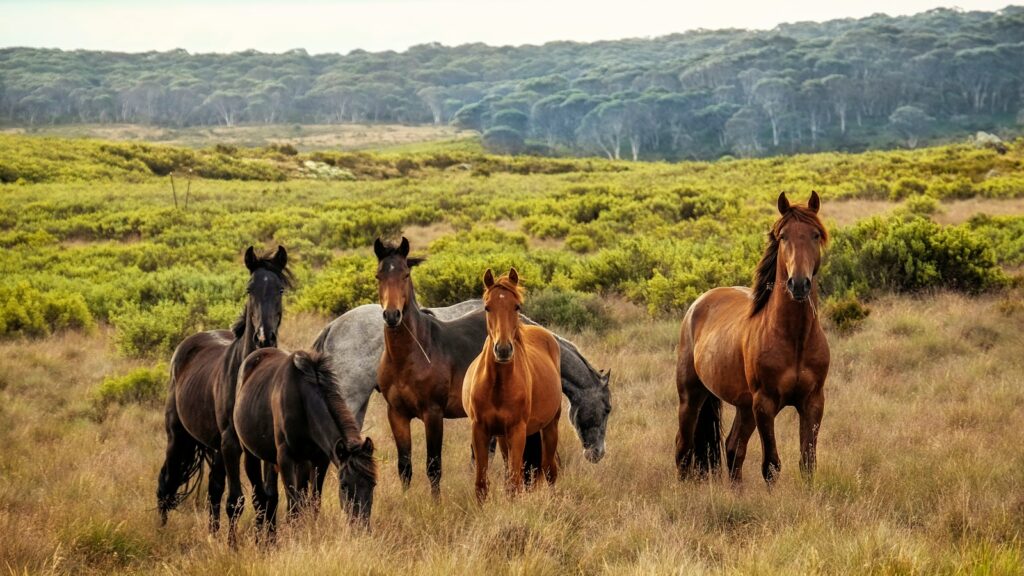
Daily chores provide the perfect opportunity to monitor your horse’s health through observation of subtle changes in behavior or physical condition. During feeding, note any changes in appetite, unusual eating patterns, or food left unconsumed, which can be early indicators of health issues. Mucking stalls offers insight into digestive health through manure consistency, quantity, and composition. When providing water, observe drinking patterns—significant changes could signal dental problems or illness. Grooming sessions allow for hands-on body condition assessments, detection of skin issues, swellings, or tender areas that might otherwise go unnoticed. Developing the habit of noting these observations—perhaps in a simple journal or digital app—creates a valuable health history that can help identify patterns or provide critical information to your veterinarian during illness or injury.
Safety Protocols and Habits
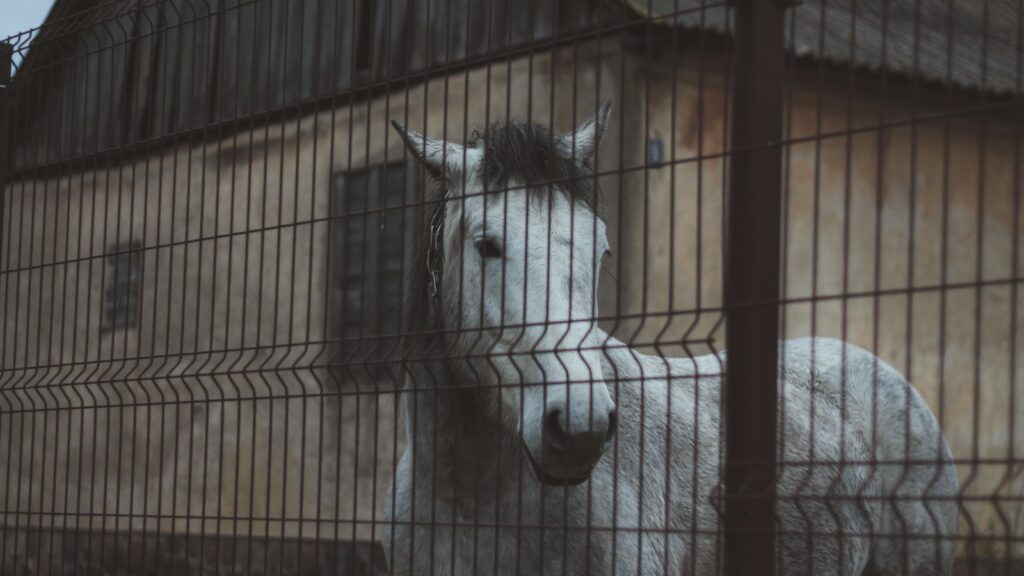
Establishing safety-conscious barn habits prevents accidents and creates a more secure environment for both humans and horses. Always wear appropriate footwear with closed toes when working around horses—no exceptions for “quick chores” where accidents often happen. Maintain awareness of your position relative to the horse, avoiding blind spots behind horses and staying attentive to ear position and body language that might indicate a change in mood. Create and enforce consistent rules regarding gates and doors—always closed after passing through—to prevent unplanned horse freedom. Keep work areas clear of potential hazards like coiled hoses, tools, or equipment that could cause trips or spook horses. Emergency information including veterinarian contacts, horse identification details, and basic first aid supplies should be visibly posted and accessible to anyone who might assist with barn chores.
conclusion
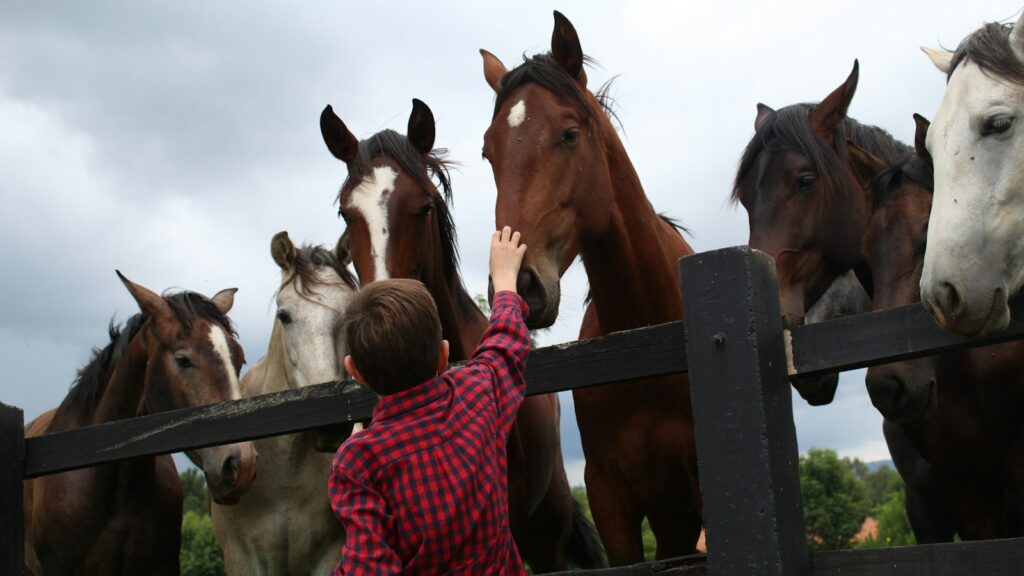
Mastering barn chores is a journey that evolves with experience, seasonal changes, and the specific needs of your equine companions. What begins as a structured learning process gradually becomes second nature—an intuitive understanding of your horses and their environment. The time invested in these daily routines builds more than just a clean barn; it develops your observational skills, creates a deeper bond with your horses, and establishes the foundation for responsible horsemanship. Remember that asking questions and seeking guidance from experienced horse owners is always valuable, regardless of your experience level. With patience and consistency, barn chores transform from obligations into meaningful rituals that enhance the joy and satisfaction of horse ownership.







